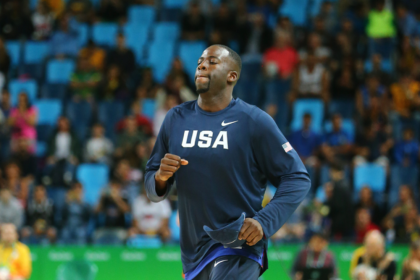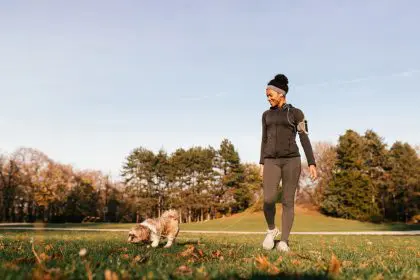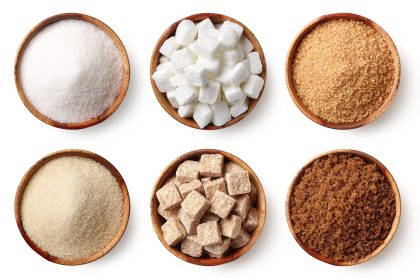U.S. Task Force findings reshape recommendations for older adults

The conversation around vitamin D supplementation for seniors has taken a sharp turn, thanks to groundbreaking research from the U.S. Preventative Services Task Force (USPSTF). A comprehensive review of 20 randomized controlled trials has revealed that for older adults with sufficient vitamin D levels, supplementation offers minimal to no benefits in preventing falls and fractures. This revelation challenges decades of conventional wisdom and raises important questions about the role of vitamin D in senior health.
The science behind vitamin D function
Vitamin D’s role goes beyond bone health: While long heralded as essential for strong bones, vitamin D functions more like a hormone, impacting several critical biological processes. These include regulating the immune system, reducing inflammation, and maintaining cellular functions. The complexity of these roles explains why supplementation outcomes differ significantly across various demographics and health conditions.
The USPSTF findings highlight a key point: for individuals already meeting their vitamin D needs, adding extra doses doesn’t translate to additional benefits. This nuance underscores the importance of understanding the body’s intricate relationship with this nutrient.
Current medical evidence
What the data reveals: The latest analysis pooled findings from numerous studies to assess vitamin D’s effectiveness in preventing falls and fractures among seniors. The results consistently indicated limited advantages for those with adequate levels. The research covered:
- Large-scale clinical trials examining fracture rates in supplemented vs. non-supplemented groups.
- Long-term observational studies tracking fall incidents.
- Meta-analyses synthesizing decades of research.
- Intervention studies testing varying supplementation dosages.
This robust body of evidence signals a shift in how healthcare providers should approach vitamin D recommendations, focusing on individualized care rather than blanket advice.
Individual risk assessment
A tailored approach matters: The findings emphasize that vitamin D needs aren’t one-size-fits-all. For seniors, a variety of factors influence whether supplementation is necessary, including:
- Current vitamin D levels: Blood tests can reveal whether a deficiency exists.
- Dietary habits: Calcium-rich diets reduce dependency on supplements.
- Physical activity: Weight-bearing exercises strengthen bones.
- Medical history: Past fractures or chronic illnesses may require targeted interventions.
- Medication use: Certain drugs can impact how the body absorbs or processes vitamin D.
With this personalized approach, healthcare providers can better determine when supplementation is truly beneficial.
Evolving medical guidelines
Rethinking the need for supplements: As research evolves, so do the guidelines for vitamin D intake. Routine supplementation is now considered unnecessary for certain groups, including:
- Postmenopausal women without a history of fractures or deficiency.
- Older men maintaining healthy bone density through diet and exercise.
- Individuals with regular sun exposure meeting natural vitamin D needs.
- Those whose diets include fortified foods like milk, cereals, and fatty fish.
This shift prioritizes a more targeted approach, reducing unnecessary supplementation while still addressing specific needs.
Natural sources and alternatives
Harnessing nature’s power: For those looking to maintain adequate vitamin D levels without relying on supplements, natural methods provide effective solutions:
- Sun exposure: Spending as little as 10-15 minutes outdoors daily can boost vitamin D production, depending on skin type and geographic location.
- Dietary changes: Incorporating foods like salmon, egg yolks, and fortified products can provide a steady supply of the nutrient.
- Bone-strengthening activities: Resistance training and activities like yoga improve bone density, reducing the risk of falls and fractures.
By focusing on these strategies, seniors can achieve better overall health while minimizing the need for supplements.
Future research directions
Exploring unanswered questions: While the current findings have reshaped the discussion around vitamin D, ongoing research aims to uncover more details about its role in senior health. Key areas of focus include:
- Developing more accurate testing methods to assess vitamin D status.
- Investigating why individual responses to supplementation vary so widely.
- Analyzing the long-term health outcomes of different supplementation strategies.
- Identifying alternative interventions that better prevent falls and fractures.
- Understanding population-specific needs, particularly in high-risk groups.
These studies will pave the way for even more precise recommendations, ensuring that seniors receive the best possible care.
A fresh perspective on senior health
The evolving science of vitamin D serves as a reminder that health guidelines must adapt as new evidence emerges. While vitamin D supplementation once seemed like a universal solution for seniors, the latest research suggests a more nuanced approach is necessary. By focusing on personalized care, natural sources, and ongoing research, the medical community can better support older adults in achieving optimal health and resilience.
For seniors and caregivers alike, these insights encourage a proactive yet thoughtful approach to maintaining bone health, emphasizing quality over quantity when it comes to supplementation.














